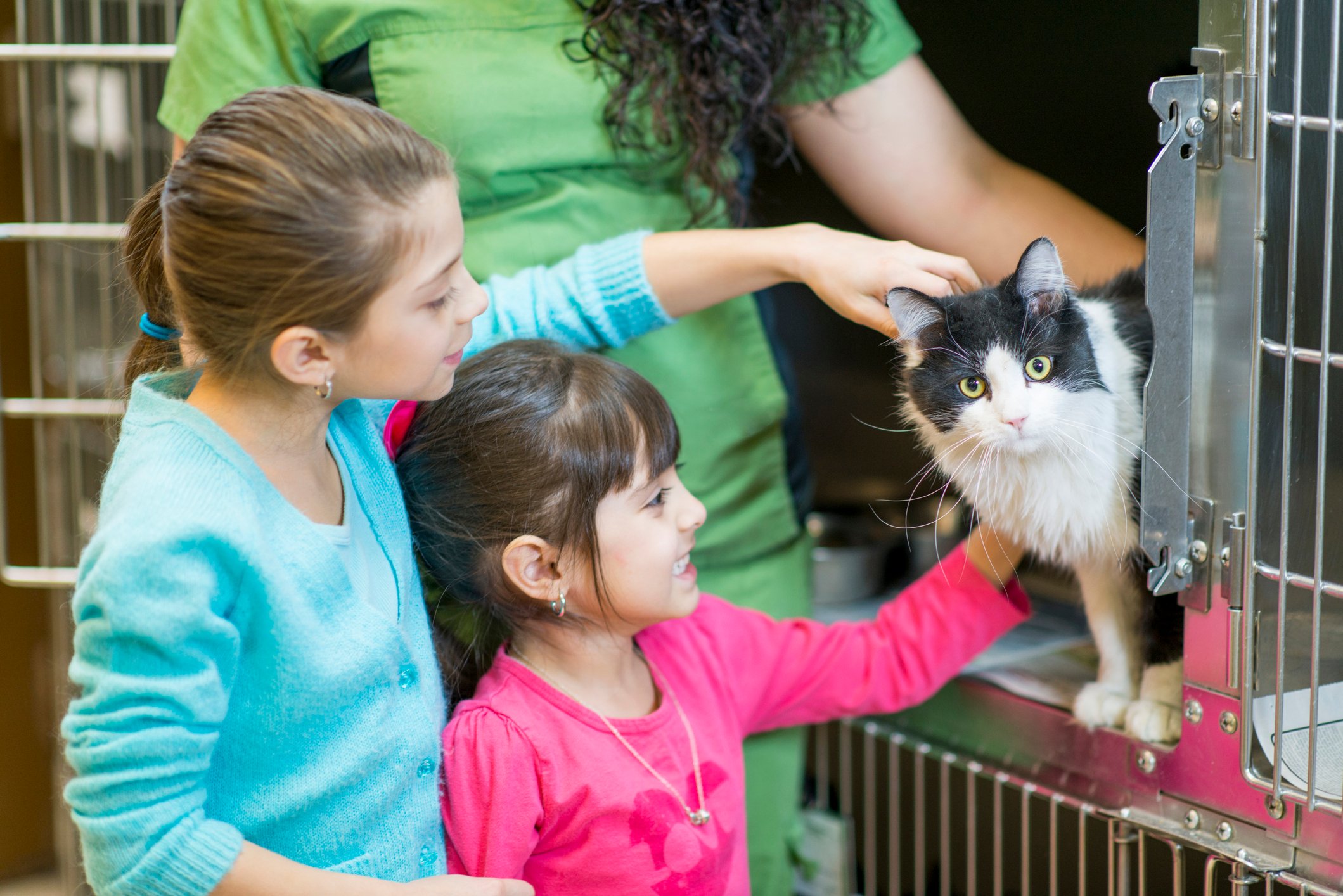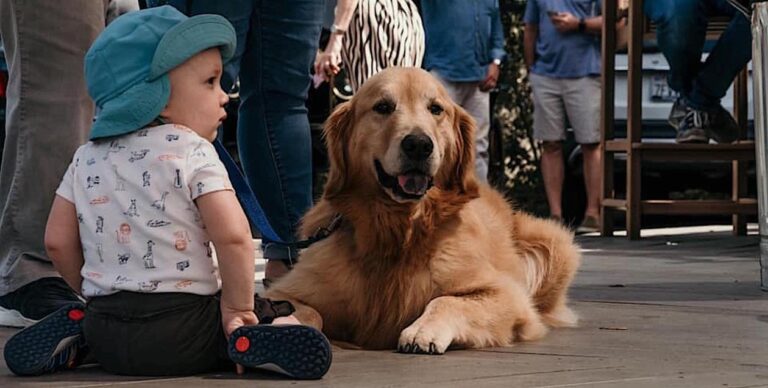It is not biologically possible for a cat and a dog to produce offspring. Cats and dogs belong to different species.
Cats and dogs are popular pets known for their unique characteristics and loyal companionship. However, many people wonder if these two animals can produce offspring together. The reality is that cats and dogs cannot interbreed because they are different species.
Cats belong to the Felidae family, while dogs belong to the Canidae family. Each species has its own distinct genetic makeup, reproductive strategies, and physical traits that prevent them from producing viable offspring. Despite their differences, cats and dogs can form close bonds and play together, showcasing the unique interactions between these beloved pets. Understanding the biological limitations of interbreeding between cats and dogs can help pet owners make informed decisions about their animals’ reproductive health and well-being.
Genetic Impossibilities
When it comes to the possibility of a cat and a dog having a baby, there are several genetic and biological factors that make it an impossibility. Firstly, cats and dogs are different species, each with their own unique chromosome counts. Due to this, the combination of their genetic material during reproduction is not viable for creating offspring. Furthermore, even if their chromosome counts were compatible, the lack of mating behaviors that are suitable for inter-species reproduction presents an additional barrier. The science behind this reproduction barrier lies in the genetic and biological incompatibility of the two animals, making it impossible for them to produce offspring.

Credit: www.hsgn.ca
Pop Culture And Pet Myths
There is a pervasive myth that a cat and a dog can have a baby, perpetuated by pop culture and folklore. The origins of this myth can be traced back to ancient folklore, where tales of hybrid animals were common. In modern times, cartoons and movies have often depicted fantastical scenarios of crossbred pets, further fueling the misconception. This has led to public perception and misinformation regarding the reproductive capabilities of these animals. As a result, many individuals hold onto the belief that a cat and a dog can produce offspring, despite biological impossibility.
The Reality Of Interspecies Breeding
Successful hybrid animals examples: There have been instances of successful interspecies breeding, such as the liger (lion and tiger hybrid) and the zonkey (zebra and donkey hybrid).
Why cats and dogs cannot crossbreed: Cats and dogs belong to different genera and have different numbers of chromosomes, making it biologically impossible for them to produce offspring together.
Scientific explanation of reproductive isolation: Reproductive isolation occurs due to genetic and physiological barriers that prevent the breeding between different species. These barriers include differences in mating behaviors, genitalia incompatibility, and genetic incompatibility, which hinder the successful fertilization and development of hybrid embryos.
Understanding Cat-dog Dynamics
Behavioral differences and cohabitation: Cats and dogs have inherently different behaviors, often leading to challenges when sharing a living space. Cats are independent creatures, while dogs are often more social and eager to please. Understanding these disparities is crucial for successfully integrating them.
Bonding and social interactions: Creating a harmonious environment between canines and felines largely depends on their ability to form meaningful bonds and engage in positive social interactions. This process requires patience, empathy, and a deep understanding of animal behavior.
Effects of anthropomorphism on expectations: The tendency to attribute human emotions and characteristics to animals can lead to unrealistic expectations. It is essential to recognize and appreciate the unique traits and instincts of both cats and dogs, rather than imposing our own perceptions onto them.
Responsible Pet Ownership
Responsible pet ownership is crucial for ensuring the well-being of our furry companions. The importance of spaying and neutering cannot be understated in preventing unwanted litters and contributing to the control of pet overpopulation. Encouraging myths about the possibility of a cat and dog creating offspring can lead to potential risks such as misinformation and irresponsible breeding practices. By educating the public on animal biology and dispelling these misconceptions, we can promote a more informed approach to pet ownership and foster a healthier environment for all our beloved pets.
Frequently Asked Questions Of Can A Cat And A Dog Have A Baby
What Are The Differences Between Cats And Dogs?
Cats and dogs have different behaviors, diets, and social structures. Cats are more independent and carnivorous, while dogs are pack animals and omnivorous. Understanding these differences can help in addressing their individual needs and providing proper care for both pets.
Can A Cat And A Dog Mate And Have Offspring?
No, biologically it is not possible for a cat and a dog to produce offspring together. They belong to different species, with different numbers of chromosomes, which prevents them from interbreeding and producing viable offspring.
How Can Cats And Dogs Peacefully Coexist In A Home?
Keeping cats and dogs together requires proper introduction, supervision, and providing individual space for each pet. By providing separate feeding areas, resting spots, and gradual interactions, they can learn to coexist and even become companions over time.
Conclusion
The question of whether a cat and a dog can have a baby is fascinating but biologically impossible. Although they are both members of the animal kingdom, their genetic makeup is too different to produce offspring. While it’s fun to imagine such a scenario, nature simply doesn’t work that way.



